What lighting for a living room dining room?
Living room dining room lighting plays an essential role in creating a friendly, functional, and harmonious atmosphere. In this multifunctional living space, lighting is not just a simple necessity: it structures volumes, highlights the decoration, and adapts to different times of the day. Whether you are hosting guests around the dining table or relaxing in the living room, each area deserves special attention. In this article, we guide you through the types of lighting to prioritize, mistakes to avoid, and tips to find the perfect luminaire according to your needs and style.

The importance of suitable lighting for a multifunctional space
The living room dining room is at the heart of the home, a living space where relaxation, hosting, and daily activities intersect. This hybrid space requires lighting capable of juggling several functions without harming the overall atmosphere. On one side, the living room invites relaxation, requiring soft and warm light. On the other, the dining room needs a more direct living room lighting for meals, without losing conviviality. Well-thought-out lighting improves visual comfort, promotes a welcoming atmosphere, and enhances the interior architecture. It becomes a subtle tool to modulate moods, define zones, and elegantly highlight decoration. Much more than an accessory, lighting transforms your room into a lively and balanced place.
Understanding the different types of lighting for a living room dining room
To succeed in living room dining room lighting, it is essential to combine several light sources, each having a specific role. General lighting, ambient lighting, and functional lighting complement each other to create a comfortable, warm, and practical environment at the same time. By adapting them to different zones and times of the day, you optimize both visual comfort and the room’s aesthetics.

General lighting: the basis of uniform light
The first pillar of good living room dining room lighting, general lighting ensures uniform light throughout the room. It generally relies on ceiling lights, central suspensions, or recessed spotlights, ideally positioned in the center of the living room and dining room to avoid shadow areas. For maximum flexibility, opt for dimmable luminaires to adjust the intensity according to the time of day. This solution allows creating a softer ambiance in the evening while guaranteeing powerful lighting when necessary. To vary styles, discover our collection of wall sconces and spotlights, perfect to complement an effective and discreet main lighting.
Ambient lighting: creating a warm atmosphere
An essential complement to general lighting, ambient lighting transforms the atmosphere of the living room dining room into a warm and welcoming place. It relies on indirect light sources, such as table lamps, decorative garlands, or a floor lamp living room. These lights diffuse soft light, ideal for friendly evenings or moments of relaxation. Place them in strategic corners: near the sofa for a cozy reading nook, on a sideboard or shelf to highlight decorative objects, or in a dark corner to balance the room’s lighting. By playing with these light points, you personalize the ambiance according to your desires while providing optimal visual comfort.
Functional lighting: practical for specific activities
In a multifunctional space like a living room dining room, it is important to provide functional lighting dedicated to certain activity zones. Whether it is to light the dining table during meals, the reading corner near the sofa, or a sideboard showcasing your decoration, functional lighting brings precision and efficiency. Well-placed suspensions or adjustable spotlights above the table allow targeted lighting without glare. For even more flexibility, adding a dimmer allows adjusting the light intensity according to the moment: intense for dinner, softer for a relaxing evening. Well thought out, this lighting enhances comfort while visually structuring the space.
Choosing your luminaires well for optimal lighting
Good lighting does not depend solely on the number of light sources: the choice of luminaires is just as decisive. Between aesthetics, efficiency, and adaptability, it is important to select models that match both your interior decoration and the uses of each zone. Whether you wonder which luminaire for living room dining room, how to light a living room, or how to avoid lighting mistakes, this section will guide you to make the right choices, both technical and stylistic.

Which luminaire for a living room dining room: essential criteria
Choosing the right dining room luminaire for a combined living room and dining room space first means considering the balance between functionality and aesthetics. The style of the luminaire must naturally integrate with your decoration: a clean design for a contemporary ambiance, natural materials for a warm interior, or sculptural shapes for a design touch. The light diffused also plays a key role: opt for lampshades in frosted glass, fabric, or paper to soften the lighting and avoid glare. It is also crucial to adapt the size and height of the luminaire to the room’s volumes. A ceiling light too small gets visually lost in a large room, while a disproportionate suspension can weigh down the space. Finally, anticipate lighting needs according to uses: brighter light above the table, softer on the living room side. By taking these elements into account, you ensure a coherent and comfortable ambiance in each zone.
Common mistakes to avoid
Good living room dining room lighting relies as much on thoughtful choices as on avoiding frequent mistakes. The first is poorly positioning light points: poorly distributed lighting creates areas that are too dark or, conversely, too exposed. Another common mistake: ignoring color temperature. Light that is too cold makes the atmosphere impersonal, while a shade too warm can disturb certain activities. It is therefore essential to adapt the temperature according to use, and we recommend consulting our dedicated article on color temperatures. Finally, the choice of bulbs plays a crucial role. Inappropriate models can lead to overconsumption or visual discomfort. For a balanced result, favor quality LED bulbs, economical and adapted to your luminaires.
Practical advice to succeed in lighting your living room dining room

Succeeding in lighting your space involves a harmonious combination of several light sources. It is recommended to mix general, functional, and ambient lighting to meet different times of the day and the uses of each zone. Favor LED bulbs for their low consumption and long lifespan. Thanks to their wide choice of color temperatures, you can adapt the light ambiance according to activities: dinner, reading, relaxation moment…
Using dimmers allows you to modulate the light according to your desires and create a personalized atmosphere at any time. Also think about positioning your luminaires well according to spaces: a suspension above the table, a wall sconce near the sideboard, a floor lamp near the sofa… Each light point must have a purpose and contribute to the overall harmony. For a custom living room lighting advice, adapt your choices according to the room size, furniture, and intended use.
Some examples to inspire your lighting project
Looking for concrete ideas to enhance your space? Here are some inspirations to know which lighting for dining room, combining functionality and aesthetics. By playing with shapes, heights, and types of luminaires, you can transform each corner into a warm, practical, or sophisticated space according to your desires.
Ideas for living room lighting
To structure the living room, combine a design ceiling light with floor lamps to diffuse soft and uniform light throughout the room. Add floor lamp living room near the sofa or an armchair to create a comfortable and decorative reading area. This type of punctual lighting also allows highlighting decorative or furniture elements such as a bookshelf or a work of art.
Ideas for dining room lighting
In the dining room, a suspension placed just above the table quickly becomes a central element. Opt for a large suspension or align several small suspensions for a more graphic effect. Make sure to install your suspension at the right height (about 75 to 90 cm above the table) to avoid glare. Additionally, install recessed spotlights or wall sconces to add light without weighing down the space. These solutions ensure a living room lighting dining room modular, efficient, and friendly.

Why choose your luminaires on LA LUMIERE?
Specialist in high-end lighting, LA LUMIERE offers you recognized expertise to illuminate your interior with elegance and efficiency. Which luminaire for contemporary living room or more classic lighting for your dining room, our selection meets all styles and configurations.
Our collection of indoor luminaires covers a wide range of models: graphic suspensions, discreet wall sconces, design floor lamps, or recessed spotlights, all designed with quality materials and careful finishes. You also benefit from sustainable options, with LED-compatible products for optimized consumption and long lifespan.
We support you in your project with responsive customer service and personalized advice. Fast delivery, installation tips, custom proposals: everything is designed so that your experience is smooth, inspiring, and adapted to your needs. Trust LA LUMIERE to transform your living room dining room into a perfectly lit and enhanced space.

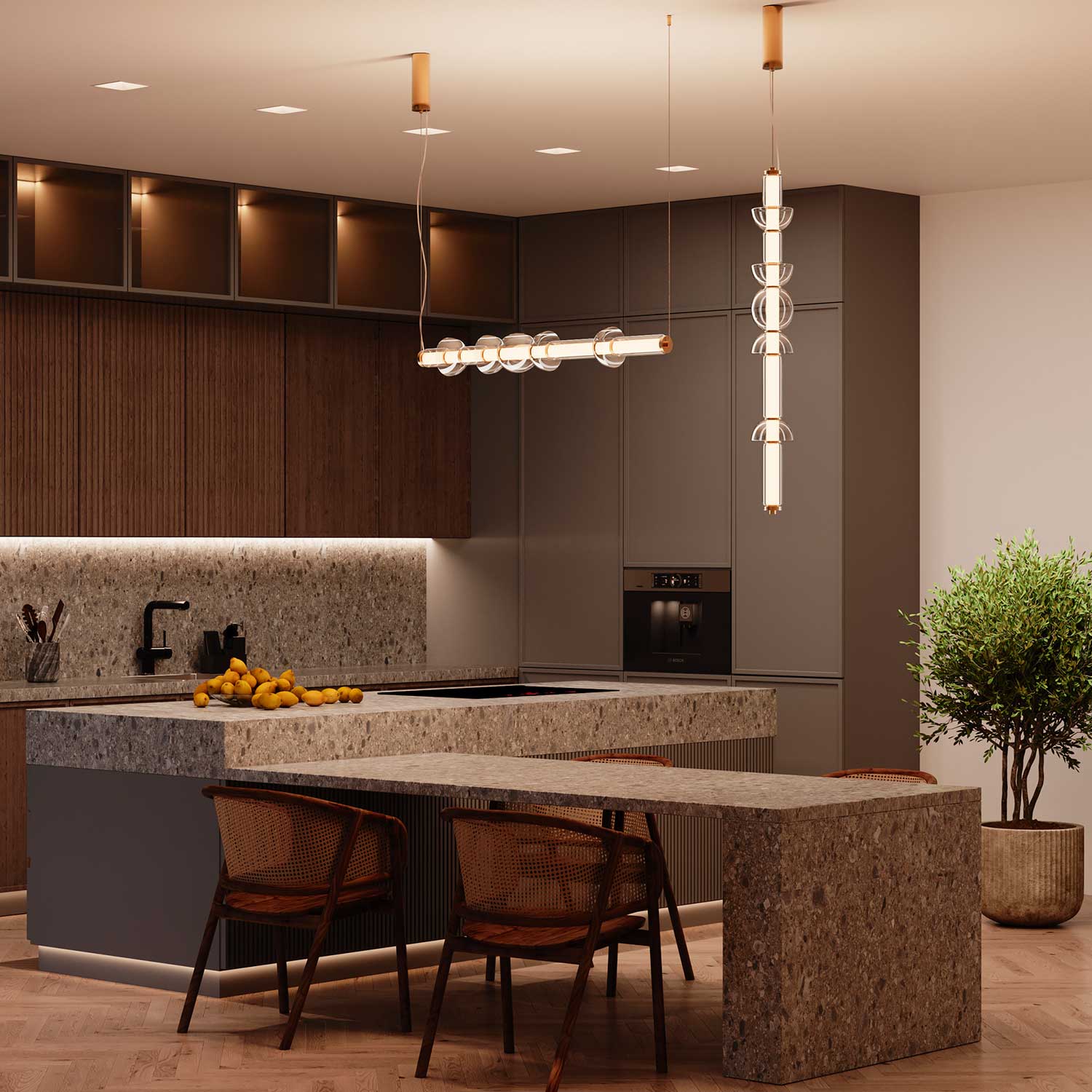
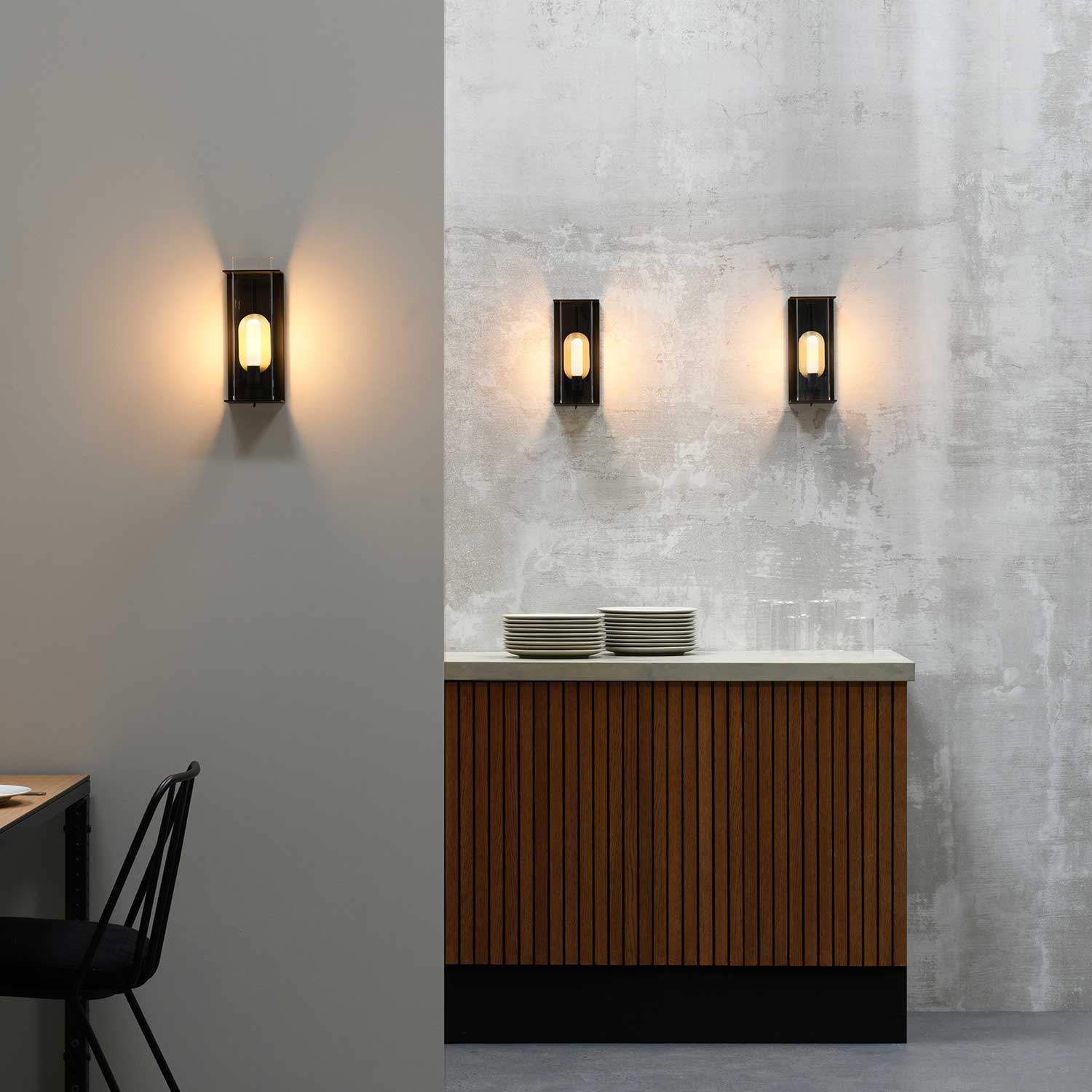
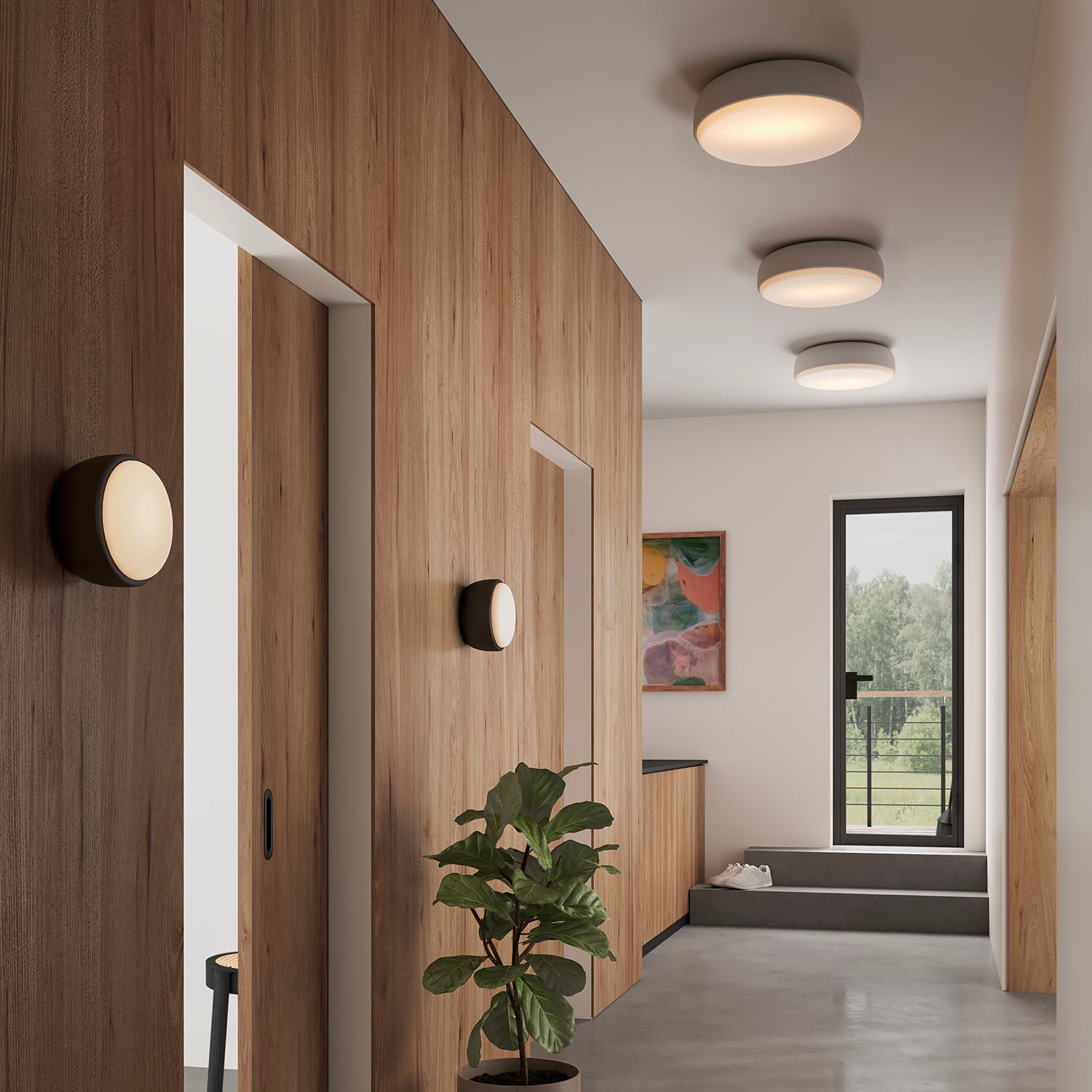
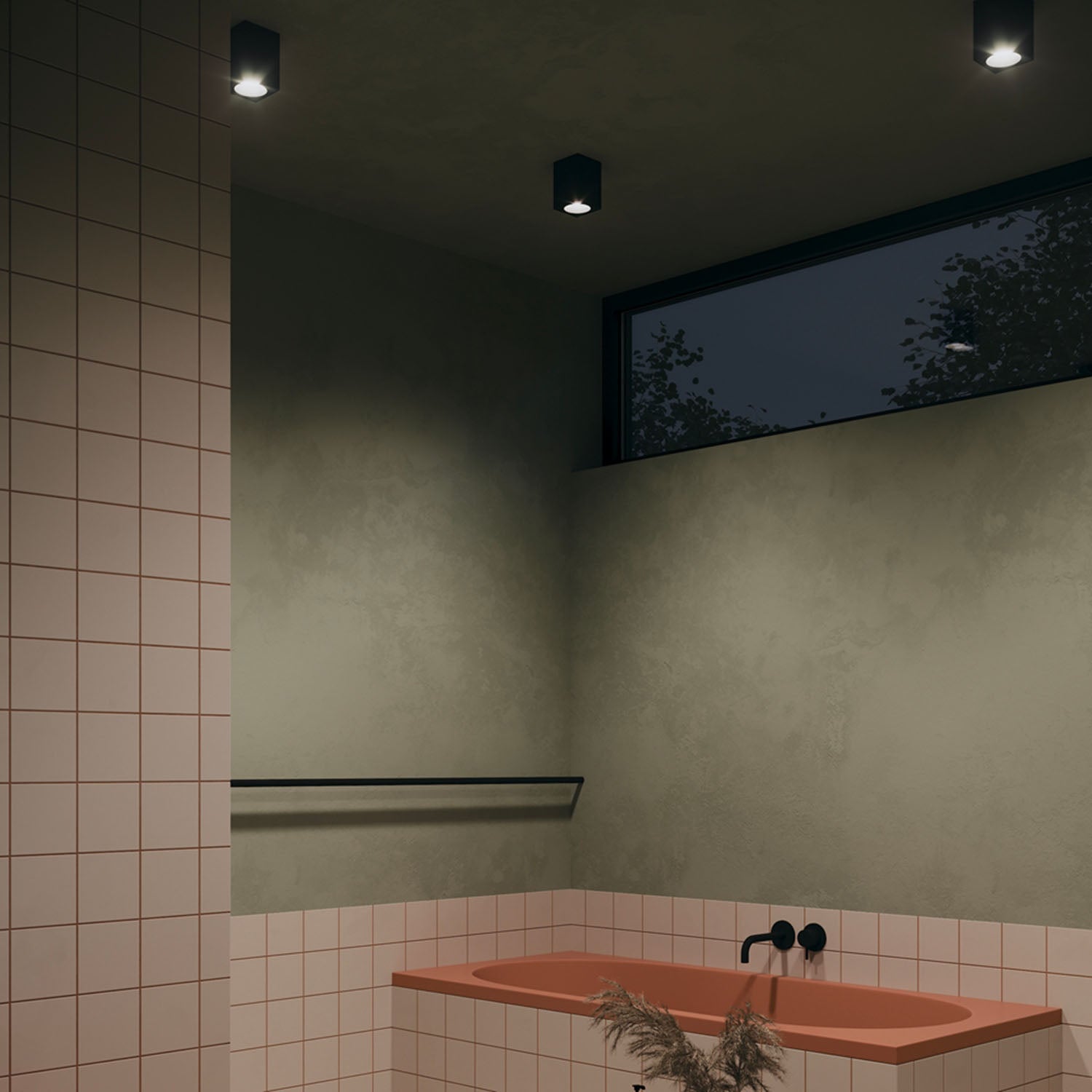
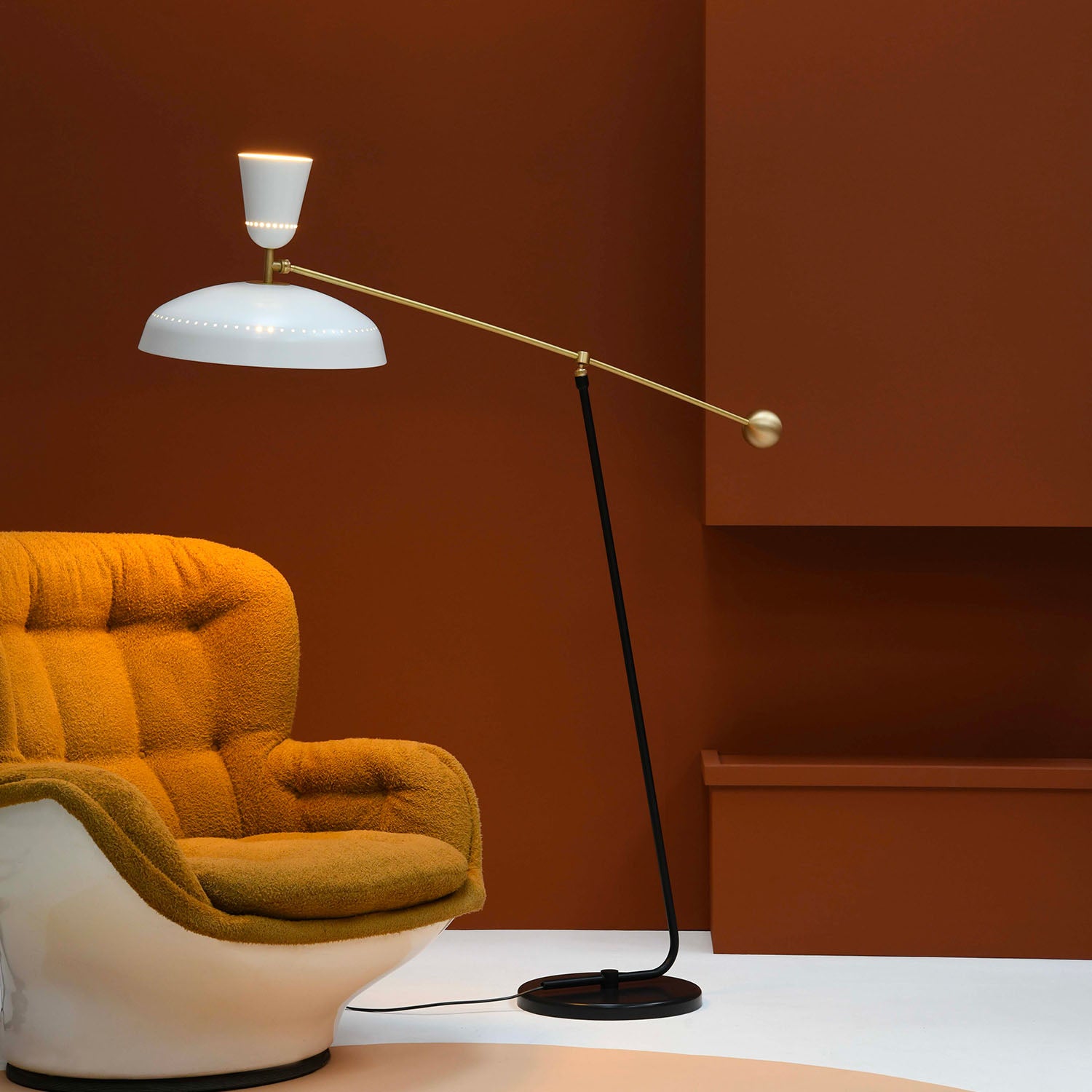
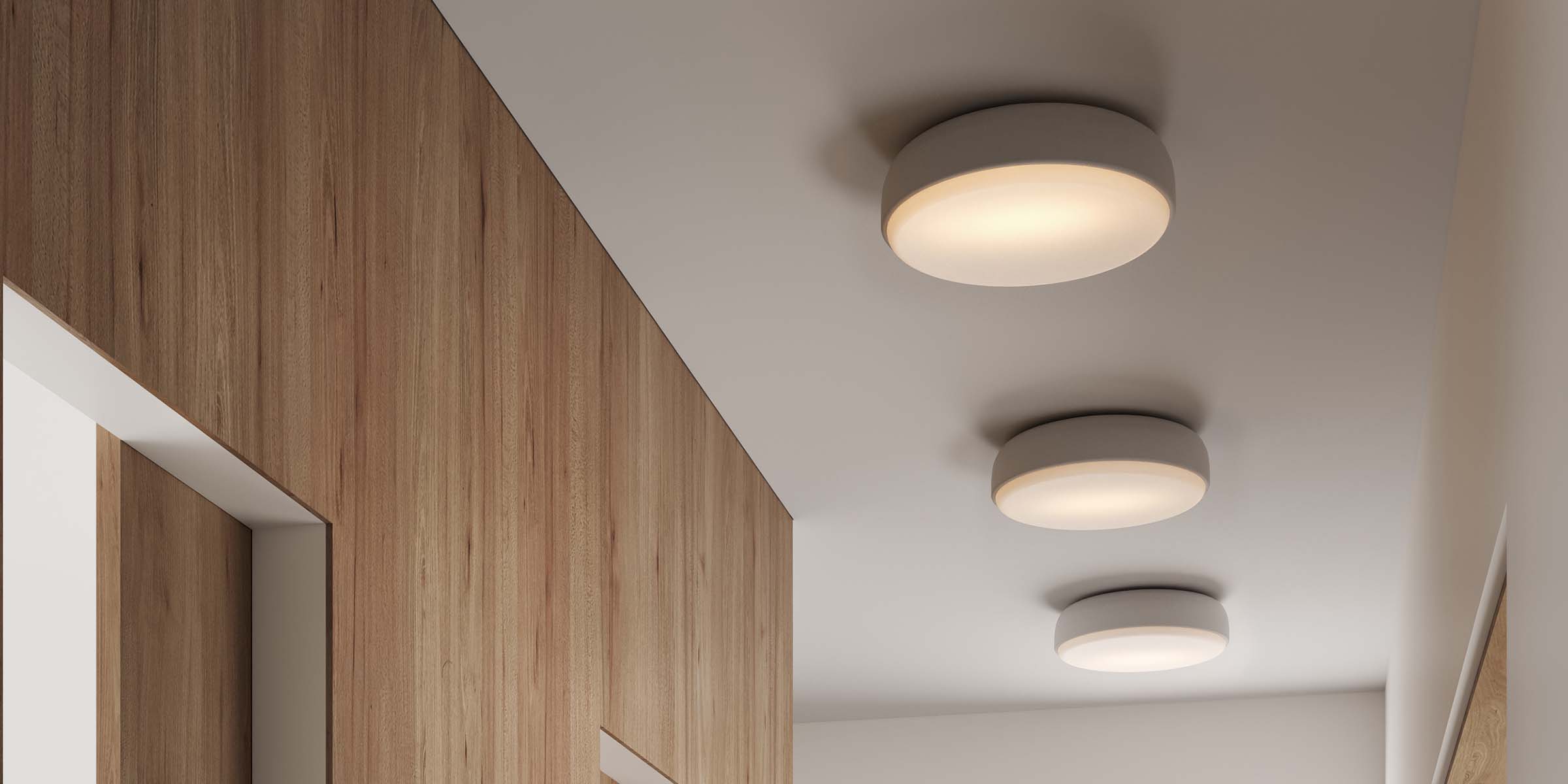
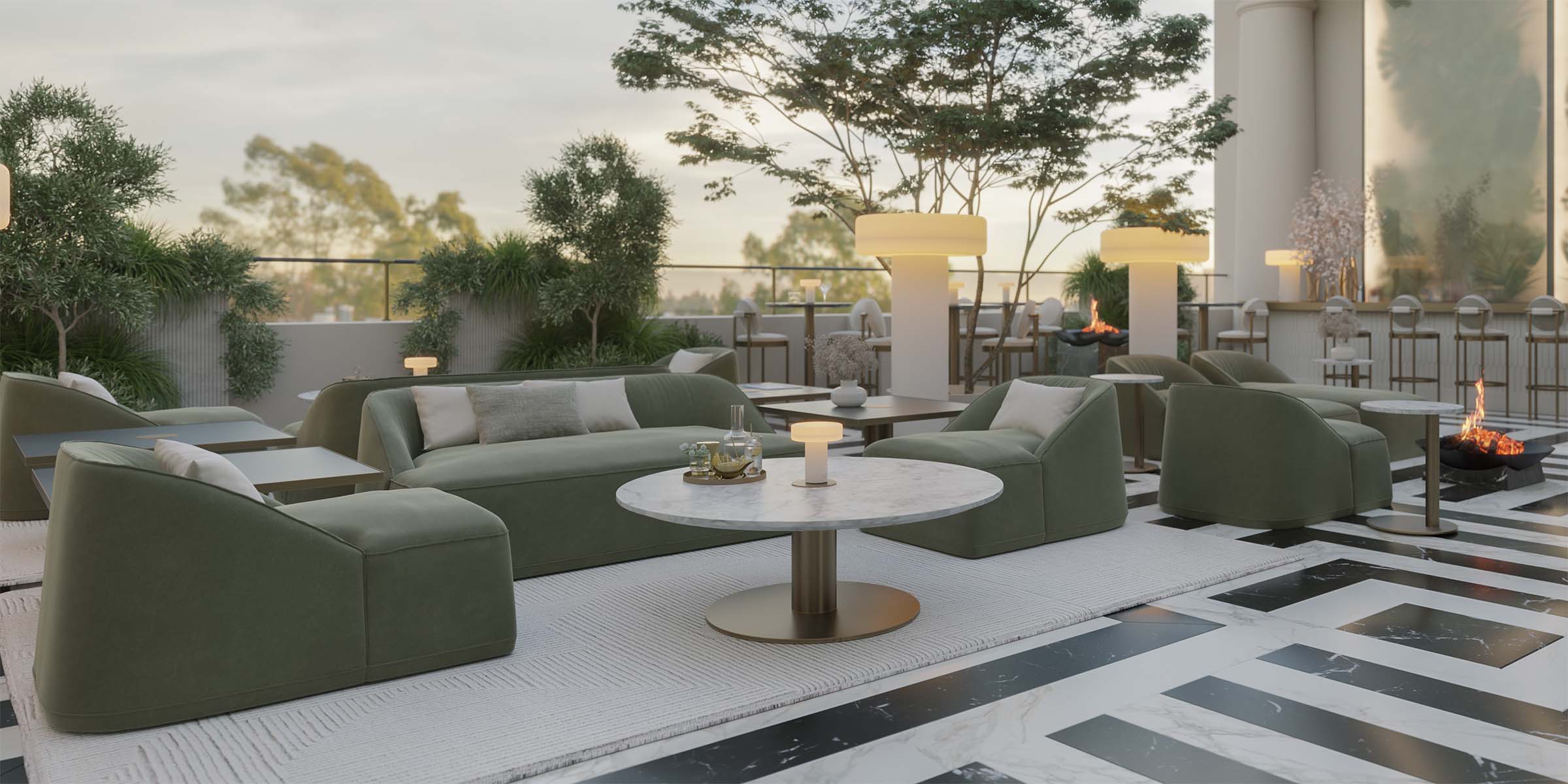
Leave a comment
This site is protected by hCaptcha and the hCaptcha Privacy Policy and Terms of Service apply.